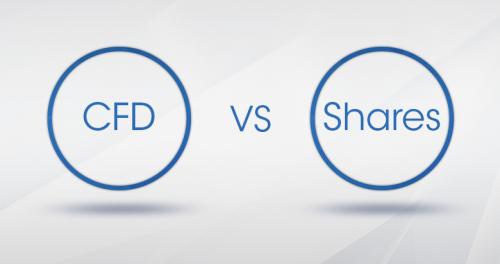The Intricacies Involved In CFD Trading

CFD trading is an abbreviation for contract for difference. This type of trading offers numerous benefits including trading on margin, a short sell when the trader believes the prices will decrease and buying when the prices are perceived to increase. Many individuals use a CFD trade when hedging a physical portfolio already in existence.
CFD trading does not involve purchasing or selling an underlying asset such as a commodity, currency pair or physical share. A specific number of units are purchased or sold depending on if the trader believes the process for a particular instrument will increase or decrease. CFD's are available in a nice range for the global markets.
A CFD instrument generally includes treasuries, shares, commodities, currency pairs and stock indices. This encompasses the price movements for all the different stocks currently listed. When the price of the instrument is moving in a direction favorable for the investor it multiples the amount of CFD units purchased or sold. This results in a gain by the investor. If the point is moving against the investor the result will be a loss. The amount of the loss can exceed the amount of the deposit.
A CFD is classified as a leveraged product. This means only a small percentage of the trades full value is required to be deposited by the investor to be able to open a position. This is called margin requirement or trading on margin. Returns can be magnified by trading on a margin. This also means any losses will be magnified because the basis is the CFD values full position. Investors need to be careful because they can lose a lot more than the capital they used as a deposit.
The spread must be paid when trading CFD's. This is the difference between the price for purchasing and the selling price. The buy price quoted is used to enter into a buy trade while the selling price is used as the exit. When the spread is narrower the price does not need to move nearly as far in the trader's favor prior to a profit being made. If the price moves against the trader it is still going to be a loss. Spreads are generally very competitive.
The trader must also consider the holding cost. Once the trading day closes any open positions in the account of the trader may be charged a holding cost. This cost may be either negative or positive depending on the applicable holding rate and the direction of the traders position. Most brokers for example market GBP and Trade 111 charge a market data fee. This is to enable the trader to view the CFD pricing data. When the relevant data for the market is activated a fee is incurred.
Commission is most common regarding shares. When share CFD's are traded the investor is usually required to pay for a separate commission. There is generally a minimum commission charge that can be calculated prior opening the trade. Sometimes a commission is charged both when the investor opens the trade and closes it. It is very important the investor understand all the commissions, fees and charges associated with CFD's prior to making any investments. These charges will decrease the size of any win and increase any losses. While these fees are usually considered reasonable it is still important the investor is fully aware of the potential costs.
CFD trading is more complicated than Forex trading. It is necessary for the investor to understand exactly how this type of trading works as well as the associated terms. A well educated investor can make a profit but an investor consistently making uneducated guesses is almost certain to lose.







Comments